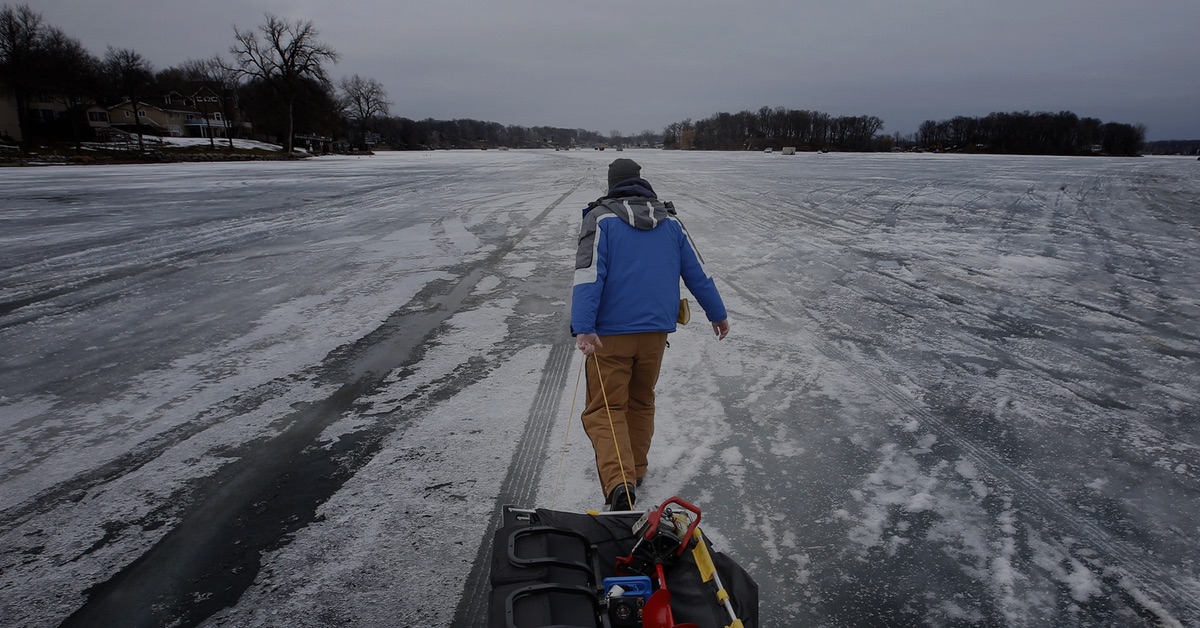So You Want to Start Muskie Fishing?
Introduction
Due to the size, power of the fish, the strain of the lures themselves, muskie fishing is unlike any other freshwater fishing — it requires specialized tackle from the rod to the lure and everything in between. I am hoping this guide will give you an idea of what is required before heading to a vendor interested in separating you from your hard earned cash. I am hesitant naming specific brands until they start putting food on my table — however, do keep in mind, you get what you pay for. There are no shortcuts and I guarantee you, skimping now will result in lost fish, broken gear and ultimately, spending more later. Do it right the first time!
Rods & Reels
Generally speaking, your first rod will be in the 7’6″ to 8′ range, with a medium heavy or heavy action. Do not confuse it with a Bass rod – you’re done fishing for bait — this is a Muskie rod and is usually branded as such. A muskie medium-heavy rod is a different animal than a normal medium-heavy rod. Did I mention bass rods simply will not do? Don’t bring a knife to a gunfight.
On the reel front, for repeatedly casting heavy lures or trolling them, baitcasters are the name of the game. They are simply built tougher than their spinning counterparts — knife, gunfight, I think you get it. You will need a strong reel, with a good drag and loud clicker for trolling. These are typically round style baitcasters although, a few manufacturers have recently released low-profile baitcasters which can stand up to the task. The less plastic components, the better!
Line
The last few years, braided line has really caught on in fishing circles, particularly in muskie fishing. It is strong, has zero stretch making it a great choice for tossing and working large lures. A minimum line rating of 65lbs is a requirement with 80-100lb recommended. You might think this is overkill but, there’s a method to the madness:
- Catch and Release — One of the keys to successful release and survival is the ability to land and release the fish as quickly as possible. A long, drawn out battle with a muskie on light line is a recipe for killing fish.
- No Stretch of Braid — Yes, it has it’s drawbacks! Think about what happens when a no stretch line with a 4oz lure suddenly stops in mid-air on a birdsnest (happens to the best of us). How about a 30lb fish smacking a lure travelling 5mph? In either situation, there’s a great amount of force exerted on the line in that moment. The stretch of mono provides shock-absorption while braid offers zero. I have snapped 65lb braid and watched a $20 lure sail into the distance on a “professional overrun”.
- Abrasian Resistance & Diameter — 20lb braid is thin, so thin it will slice easily when coming in contact with rocks, zebra mussels, gill plates etc. 100lb braid is the equivalent of 20lb mono in terms of diameter and offers a little more protection.
Leader & Terminal Tackle
Casting leaders are typically 10-15″ long. Trolling leaders should be much longer: 36″+.
You can buy pre-made leaders at your tackle shop; they are usually made with quality components as long as you don’t buy 5 for $5. The other option is to make your own. It’s not hard, you know they will be up to par and, it will be cheaper in the long run.
Fluoro vs Wire
Fluorocarbon has recently made inroads into the freshwater fishing game. It has some interesting properties; invisible in the water, easy on the fish should they roll in the line, durable and, abrasion resistant. The key in the last point is resistant — it is not impossible to cut or bite through. I believe it is a good choice however, if you plan on using it as leader material, use a minimum of 130lb test.
Wire leaders are the old standby and work just great. Muskie are not line shy and don’t mind the fact that there’s a 12″ piece of wire ahead of your lure. If using multiple strand wire leaders, having a nylon coating over the wire makes it easier on the fist.
Certain lures (ie. jerkbaits) also work best with a solid, single-strand wire leader. These are the thick piano or bicycle spoke style leaders.
Whichever style you think will work best for you, your entire setup is only as strong as the weakest link. If making your own, do not skimp on swivels, split rings or snaps. A welded, solid ring ball-bearing swivel should be used with any lure that spins (ie. bootails). You can get away with welded, barrel type swivels for other types of lures.
Catch & Release
While a topic for another article, safely (for you & the fish) releasing the fish is an important part of muskie fishing. These fish are the top predator in their water and help maintain their ecosystem’s balance. To minimize damage to the fish and potentially yourself, ensure that you arm yourself with the proper release tools which include; a deep pen style net, long nose pliers, bolt cutters to cut hooks.
Read More Here.


